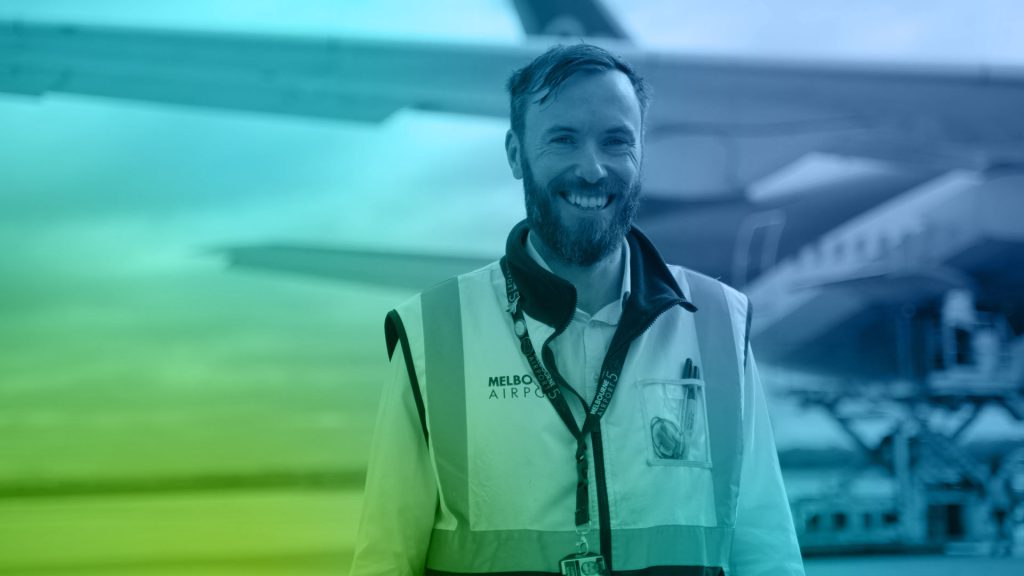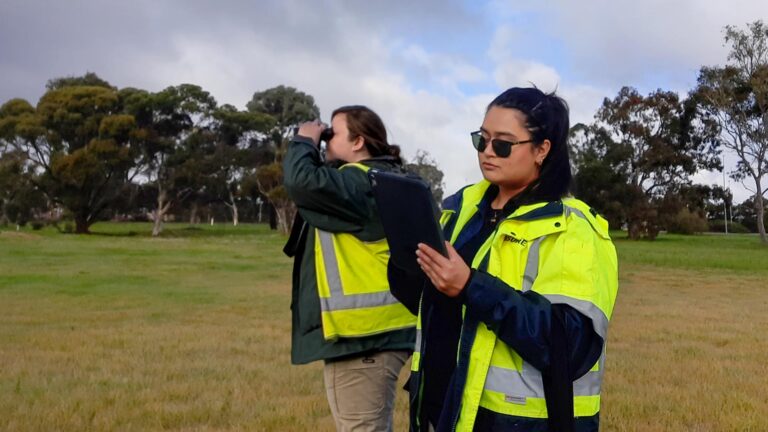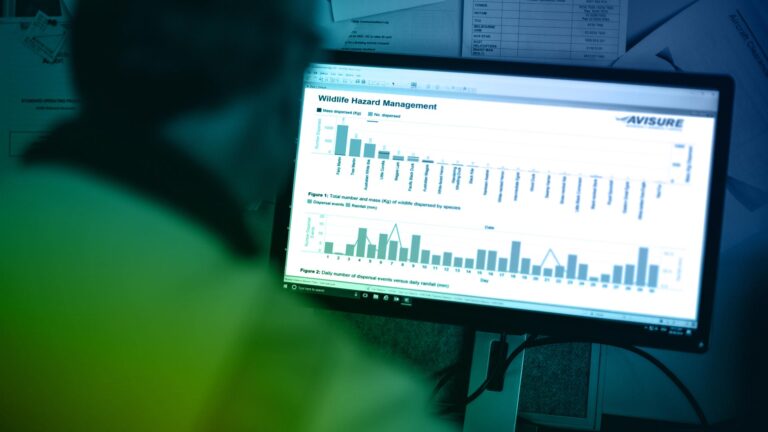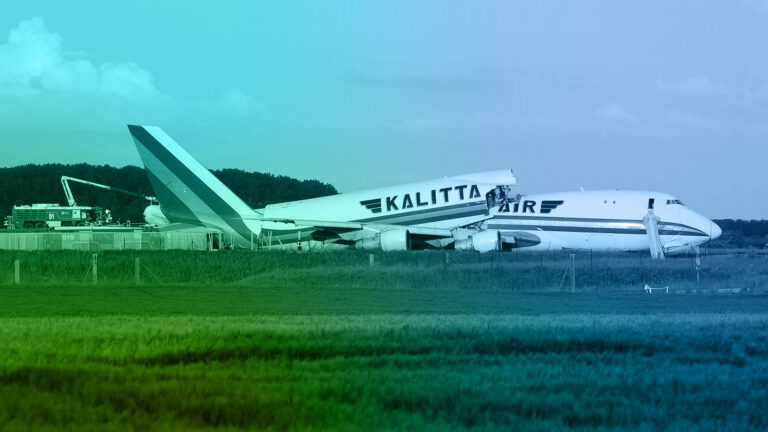Andrew Walters started his latest role at Melbourne Airport in May 2021 somewhat inauspiciously. Quarantined in a Sydney hotel at the height of COVID, he spent his first couple of weeks as the airport’s manager, airfield operations, managing via Teams meetings, with his wife still living in Dubai and 4 months pregnant.
He was working with Dubai Airports, driven to go overseas to pursue new career challenges. He found Dubai to be ‘culturally, geographically and organisationally very different. It’s a very different way of working, and we Australians can be seen as abrasive and very demanding, so I had to be conscious of that.’
The wildlife challenges for Dubai Airport came from migratory birds, Walters says. ‘It’s all about migration patterns, with birds coming to the Gulf during the winter months.’ Dubai is located at the heart of the bird corridor for birds migrating from the cold European winter or large birds migrating north from Africa. The city is located on a saltwater inlet, which culminates in the Ras Al Khor wildlife reserve, a 1300 ha Ramsar wetland renowned for attracting large numbers of migratory birds. Chief among these is the Greater Flamingo, which flock to Dubai in their thousands during winter. Ras Al Khor is located about 12 kms from the airport, also on the same inlet.
The United Arab Emirates is also known for its passion for falconry. Walters recalls seeing an Instagram post of an Emirates 777 with a unique wildlife hazard, an Emirati sheikh’s prize falcons occupying the cabin of the aircraft. It’s no surprise then that ‘one of the officers at Dubai International Airport was quite a skilled falconer’, he says.
Arriving in Australia during the pandemic had its challenges, with Melbourne under lockdown for his first five to six months in the new role. ‘It was a challenge operationally,’ he says, ‘both because of the lack of traffic leading to birds moving into the area and keeping the team positive and motivated. But hats off to the company: they didn’t descope the wildlife program at that time, and in fact brought Avisure on half-way through COVID.’
The recent unusually wet La Niña seasons brought additional challenges – an influx of waterbirds such as ducks and herons. Melbourne is ‘monitoring numbers closely, and patrolling areas based on risk, as well as doing daily bird counts’, Walters says, with the team of airside safety officers carrying out a range of active dispersal. On the passive management side, ‘we are exploring different ways of reducing feed through more effective vegetation management and experimenting with different grass heights to reduce attractiveness.’
Melbourne has a focus on communication with stakeholders. ‘About 18 months ago, we released our wildlife hazard management policy, our public-facing document which explains why we do what we do. We have been pushing it out to local councils and developers, and although we’re still in the early days, we are participating in the planning coordination forum to engage with off-airport stakeholders.’
One of the future challenges Walters sees for Melbourne is the construction of the third runway, which will double the size of the airfield. ‘We are focusing on how we manage changes to the environment, how we manage any new wildlife risks. We’re doing this even during construction, to prevent birds becoming used to that.’
Walters is passionate about sustainability. ‘As an industry, we’re not great at thinking sustainability when solving problems’, so ‘supporting initiatives that use renewables, reducing waste, and assessing all our activities’ for their impact is important.
He carries that passion into his leadership of the Australian Airports Association Aerodrome Operations, Safety and Wildlife Networking Group (AOSWNG). Walters puts out a call to ‘anyone in Australia who wants to be part of it, to join and to contribute things which are working and things which are not, so that we can all help each other.’ The group has a diverse airport membership – mining, regional and majors – but can always take more members.




